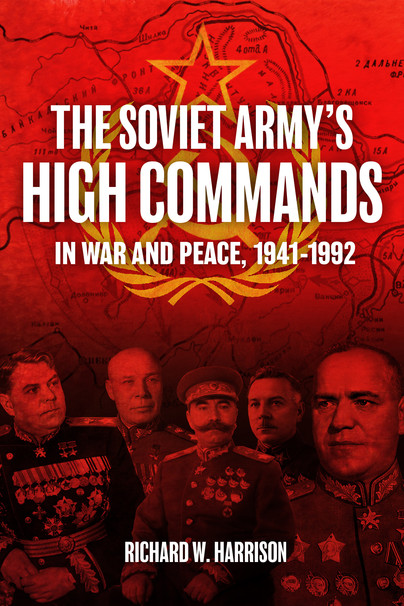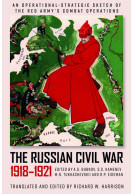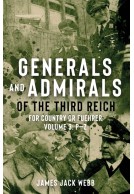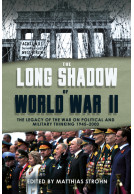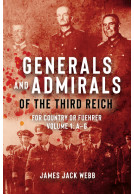The Soviet Army's High Commands in War and Peace, 1941-1992 (Hardback)
By
Richard W Harrison
Imprint: Casemate Academic
Pages: 480
Illustrations: Photos and maps
ISBN: 9781952715105
Published: 15th June 2022
Imprint: Casemate Academic
Pages: 480
Illustrations: Photos and maps
ISBN: 9781952715105
Published: 15th June 2022
You'll be £35.00 closer to your next £10.00 credit when you purchase The Soviet Army's High Commands in War and Peace, 1941-1992. What's this?
+£4.99 UK Delivery or free UK delivery if order is over £40
(click here for international delivery rates)
Order within the next 6 hours, 25 minutes to get your order processed the next working day!
Need a currency converter? Check XE.com for live rates
(click here for international delivery rates)
Order within the next 6 hours, 25 minutes to get your order processed the next working day!
Need a currency converter? Check XE.com for live rates
The war on the Eastern Front during 1941-45 was an immense struggle, running from the Barents Sea to the Caucasus Mountains. The vast distances involved forced the Soviet political-military leadership to resort to new organizational expedients in order to control operations along the extended front. These were the high commands of the directions, which were responsible for two or more fronts (army groups) and, along maritime axes, one or more fleets.
In all, five high commands were created along the northwestern, western, southwestern, and North Caucasus strategic directions during 1941-42. However, the highly unfavourable strategic situation during the first year of the war, as well as interference in day-to-day operations by Stalin, severely limited the high commands' effectiveness. As a consequence, the high commands were abolished in mid-1942 and replaced by the more flexible system of supreme command representatives at the front. A High Command of Soviet Forces in the Far East was established in 1945 and oversaw the Red Army's highly effective campaign against Japanese forces in Manchuria.
The Far Eastern High Command was briefly resurrected in 1947 as a response to the tense situation along the Korean peninsula and the ongoing civil war in China, but was abolished in 1953, soon after Stalin's death. Growing tensions with China brought about the recreation of the Far Eastern High Command in 1979, followed a few years later by the appearance of new high commands in Europe and South Asia. However, these new high commands did not long survive the collapse of the Soviet Union in 1991 and were abolished a year later.
The book relies almost exclusively on Soviet and post-communist archival and other sources and is the first unclassified treatment of this subject in any country, East or West.
There are no reviews for this book. Register or Login now and you can be the first to post a review!
More titles by Richard W Harrison
Other titles in Casemate Academic...







